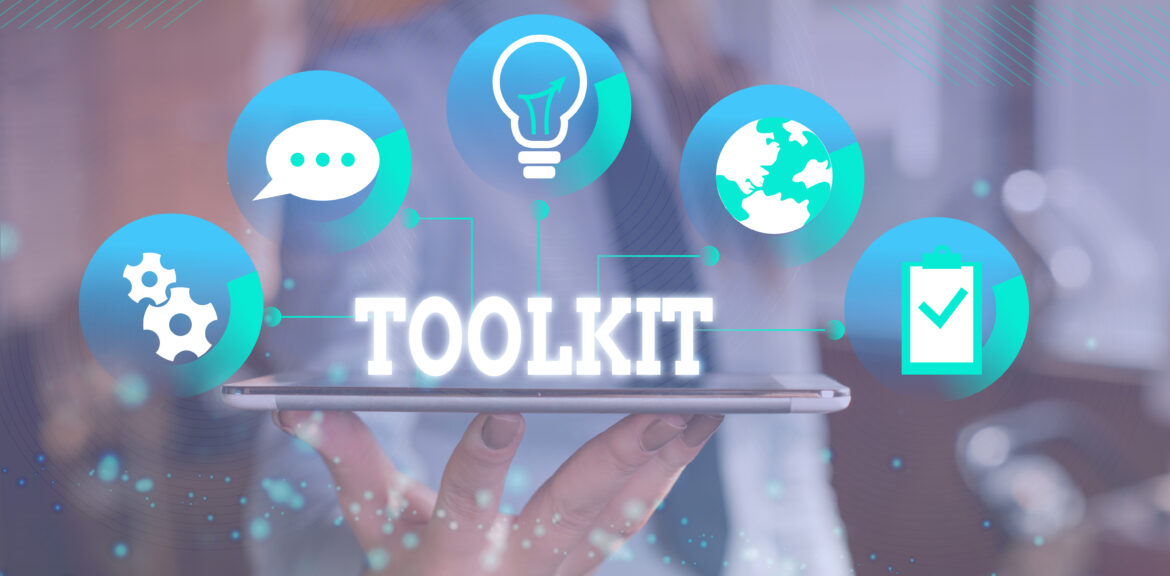Why Create a Toolkit?
With the Resilient Cities Toolkits, the goal was to provide city officials, young people, and community organisers with the tools to co-create solutions for urban resilience. However, before jumping into writing, we had to ask: Does a toolkit already exist for this purpose? Is a new one necessary? If so, what exactly should it provide?
The need for the toolkit emerges from the MC YOU project, which works on strengthening youth participation in urban resilience. Across different European cities, young people often face barriers when trying to engage in decision-making processes. City officials, on the other hand, sometimes struggle to integrate youth perspectives into urban resilience strategies. For the project’s workshops, interviews, and engagement with municipalities, we realised that existing resources either focused only on resilience theory or on general participation guidelines—but none directly addressed how young people and city officials could collaborate effectively to build resilient cities.
Defining the Need
To define the need for this toolkit, we conducted a needs assessment with two main groups:
- Young people and youth organisations – to understand their challenges in engaging with city officials and shaping urban resilience strategies.
- Municipal staff and policymakers – to identify the barriers they face in including youth perspectives in city planning.
Through discussions, surveys, and workshops, some key challenges became clear:
- Many young people want to contribute to urban resilience but don’t know where to start.
- Cities lack accessible, step-by-step guides for involving youth in resilience planning.
- There’s often a disconnect between policy and grassroots action.
Based on these insights, we decided that the toolkit should be a hands-on, action-oriented resource that helps young people and city officials work together to develop local resilience initiatives.
Setting Clear Objectives
Once the need was defined, we focused on the objectives. Instead of creating a theoretical guide, we wanted a practical toolkit with actionable steps. Through several brainstorming sessions with project partners and target users, we shaped the following core objectives:
- Make urban resilience tangible and applicable. The toolkit should break down resilience concepts into clear, real-life actions.
- Provide a step-by-step process for collaboration. We aimed to give trainers hand-on advice for setting up workshops for young people using Minecraft and also give city officials structured methods to work together.
- Incorporate best practices and case studies. Learning from real examples would make the toolkit more relevant and inspiring.
- Ensure accessibility and usability. The toolkit should be visually engaging, interactive, and easy to use for trainers with different levels of experience.
Having these objectives from the start helped shape every decision in the toolkit’s development, ensuring it remained practical and user-driven.
YEPP
